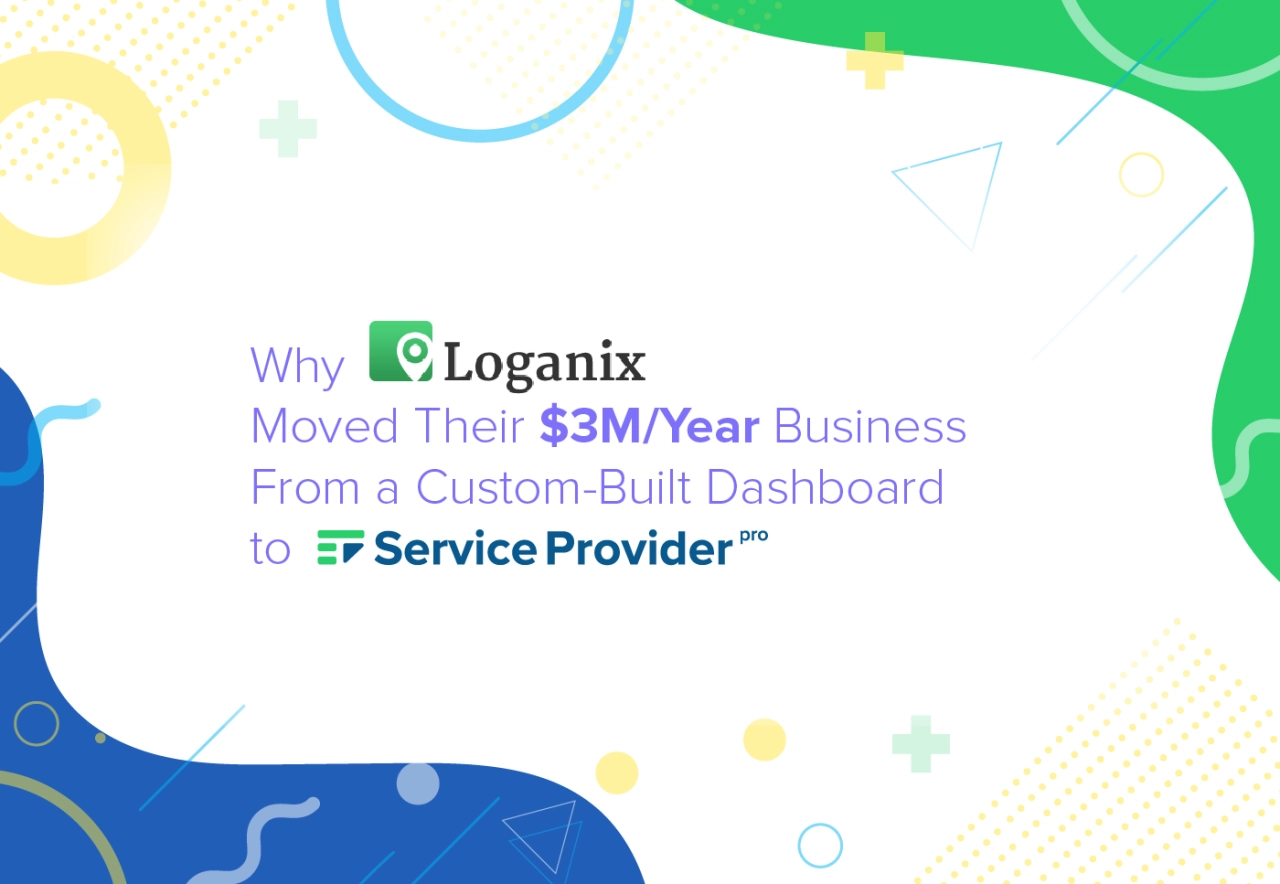Adam Steele is the founder of Loganix – one of Canada’s largest and most popular SEO agencies. As many of our users, he started out selling services on forums and grew that into a successful business by focusing on processes, automation, and technology.
From humble beginnings to a thriving productized service agency
We’ve evolved and reinvented ourselves many times over, moving into new markets, and slowly crawling our way upstream.
Had I stayed on the forums, I would have died. Had I continued to only do citations, I too would have faded away. You must evolve, or die, ideally evolving well before you are facing any sort of extinction.
Our biggest year has been just shy of 3M, which still seems like an impossible amount of money in the link/citation/content selling business.
The most overlooked growth driver
Cliche, but relationships have been so important for our business. Meeting people outside of your market can open your eyes and your prospects.
Always (mostly) say yes. There was a time that Brian Dean wasn’t “Brian Dean” He asked me to help him with a local SEO video/tutorial for his first course. I earned a loyal supporter that day, which has paid dividends many times over.
I used to believe that I didn’t deserve to work with smart people, that I could not get bigger clients and that people didn’t want to hear what I had to say. I was wrong at the time, and I’d be wrong today.
I put myself out there, writing content that today would make me cringe, but there is always someone who knows less than you and is looking to learn. I only wish I had continued to do that. Major mistake, and one I am hoping to correct this year.
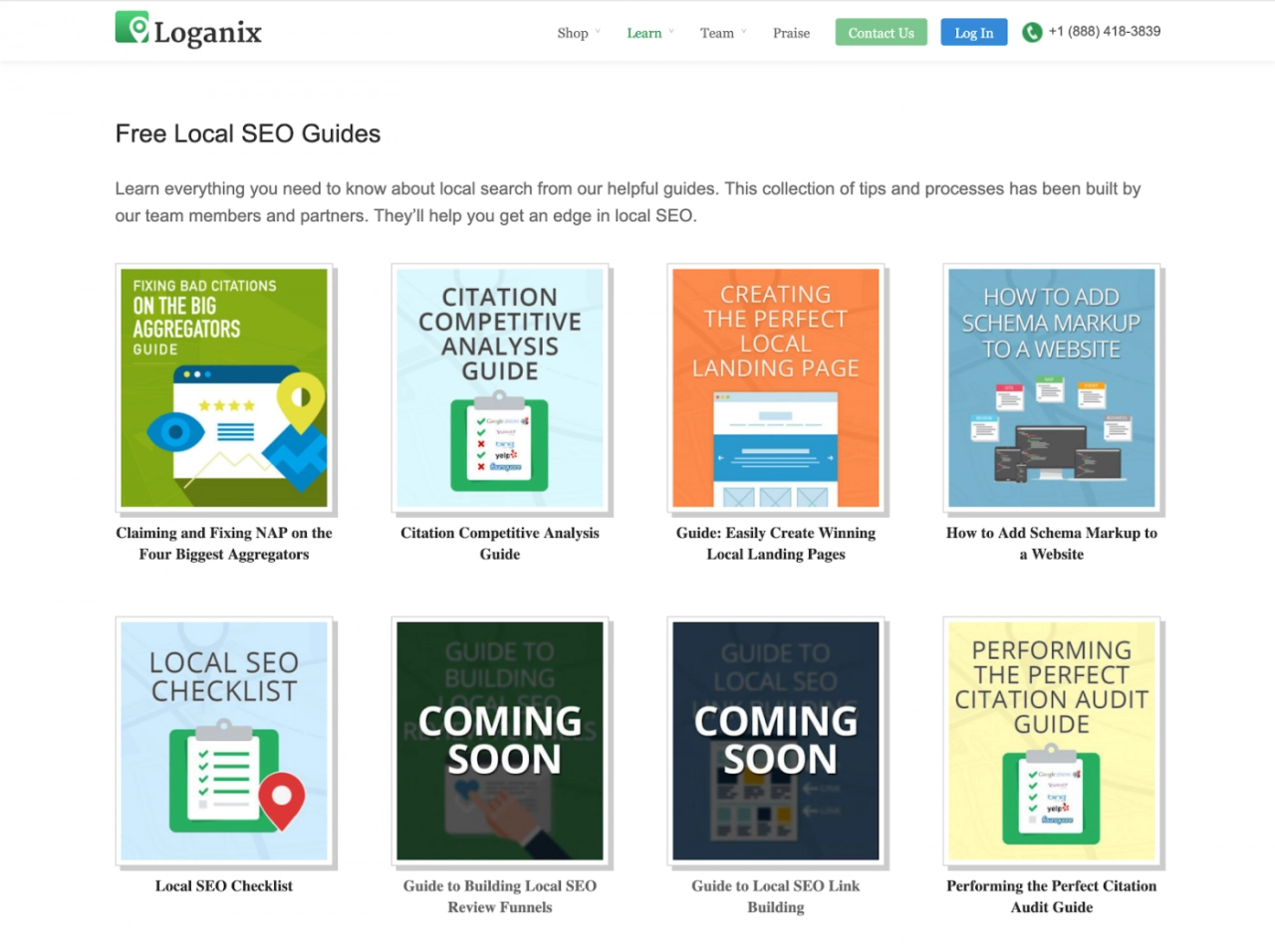
The power of systems (and payment notifications)
I realized the power of processes and systems when I started getting Paypal payment notifications and there was nothing more for me to do. The deliverables would be taken care of. I’ve kept my Stripe and Paypal notifications on to this day so that I don’t forget this power.


I am a big fan of “Eliminate, Automate or Delegate.” We try to approach new and existing processes, asking:
do we need this?
if so, can we automate it?
if not, can we find someone less expensive per hour/unit that can do it?
I was really lucky early on to hire a really good developer, who was able to automate many things. Simple workflows like having a Gravity form spit out inputs to Trello and Google Sheets. It saved us a couple of minutes of manual labor, but multiply that by 100s of orders and that’s money in the bank. Shortly after I hired a full-time programmer who took our game to a whole other level.
Investing $80k in tailor-made link building & citations dashboards
To give your readers some perspective, over its lifetime, we easily spent 60k building our old link building dashboard, and probably another 10-20k building the citation dashboard. We ended up folding both of these into SPP.
I think we started with something like Formstack. That was pre dashboard. Then we went to Gravity forms. Then built our first dashboard for just citations about 4 years ago. Then for some newer citation services we’d have people buying via a Gravity form too. And about 2.5 years ago, we built the link building dashboard, which took us like 8 months to build…was a grind. So for a period of time we had three ways people could order from us and it was a mess.
An off-the-shelf solution?
When I first saw SPP, it was being used by a competitor. I created an account of my own, and I knew right away that we had to make the change. I just had to convince my team who’d invested so much of their time into the existing systems.
Some team members saw what I saw right away, and we’re quickly on board. Other, more invested members, were quick to speak to the limitations of using something off the shelf. And they weren’t wrong. We’d built a lot of customization into our previous dashboards that we were never going to be able to replicate with SPP. I think what finally brought the less convinced folks around, was interfacing with the SPP team.
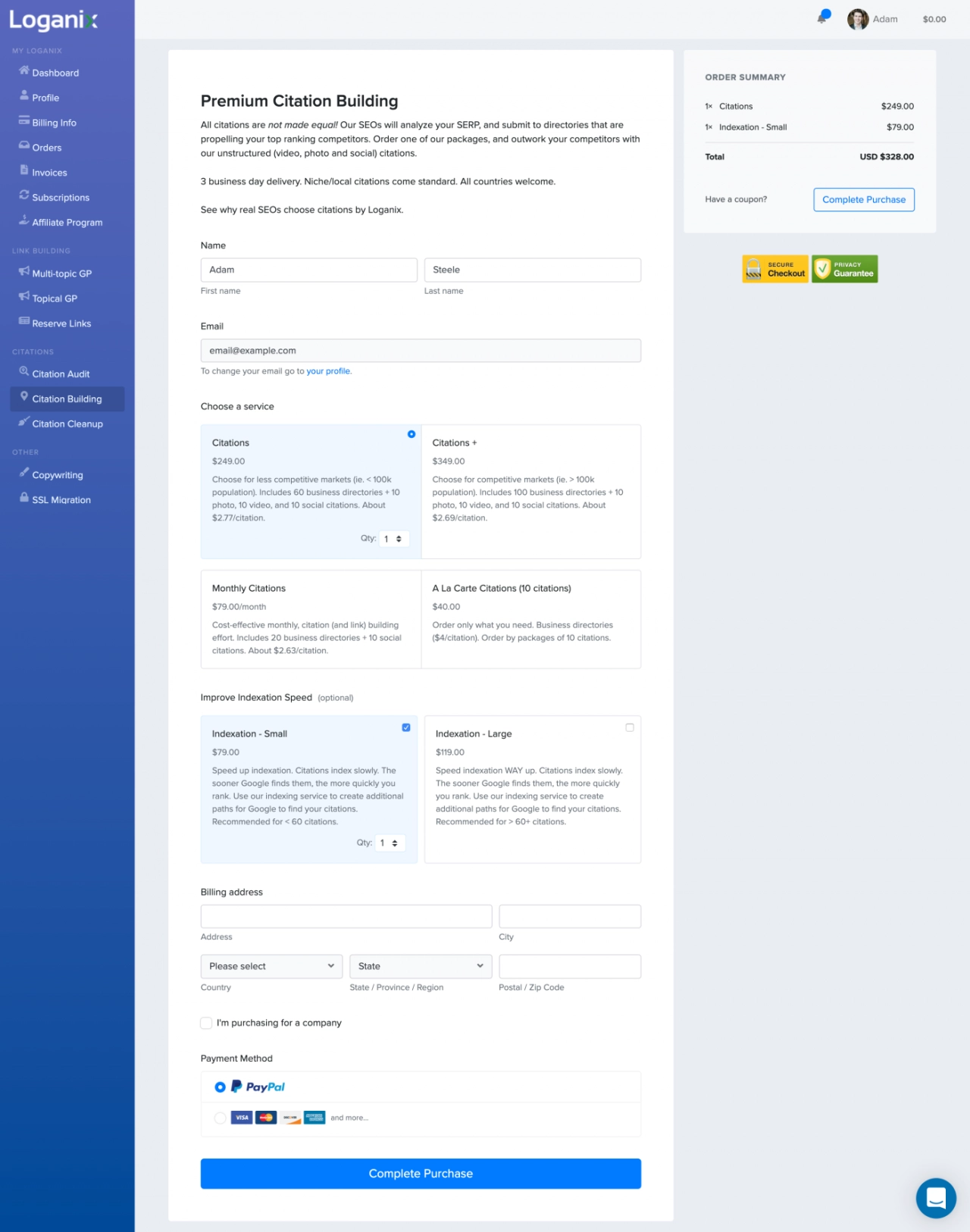
6 things that convinced the Loganix team to make the leap
1. The team is friendly & speaks perfect English. Support turnaround is almost always under 24 hours. At first, we had LOTS of questions and feature requests. Today, we might send one or two questions along per month. We’re quite comfortable with the tech at this point (about 6 months later) and when we need to edit/add pages, we’re able to do it ourselves.
2. SPP is small enough that they will actually seriously consider your feedback, and they are big enough that they actually have the resources to pull off whatever you might have in mind. In fact, they’ve either helped us find alternative solutions to pain points, or built the features to address them on many occasions.
3. The software is very flexible in the sense that you can edit your pages and figure out ways of doing outside-the-box stuff. We can basically make the client side look however we want it. The ability to add extra pages is awesome too.
4. Order form rules are also very helpful. We’ve got a lot of if/then inputs that we need (IF you check this box THEN additional fields appear). It’s not a perfect system, but if you’re creative enough it can fulfill just about any shopping cart demand you might need.
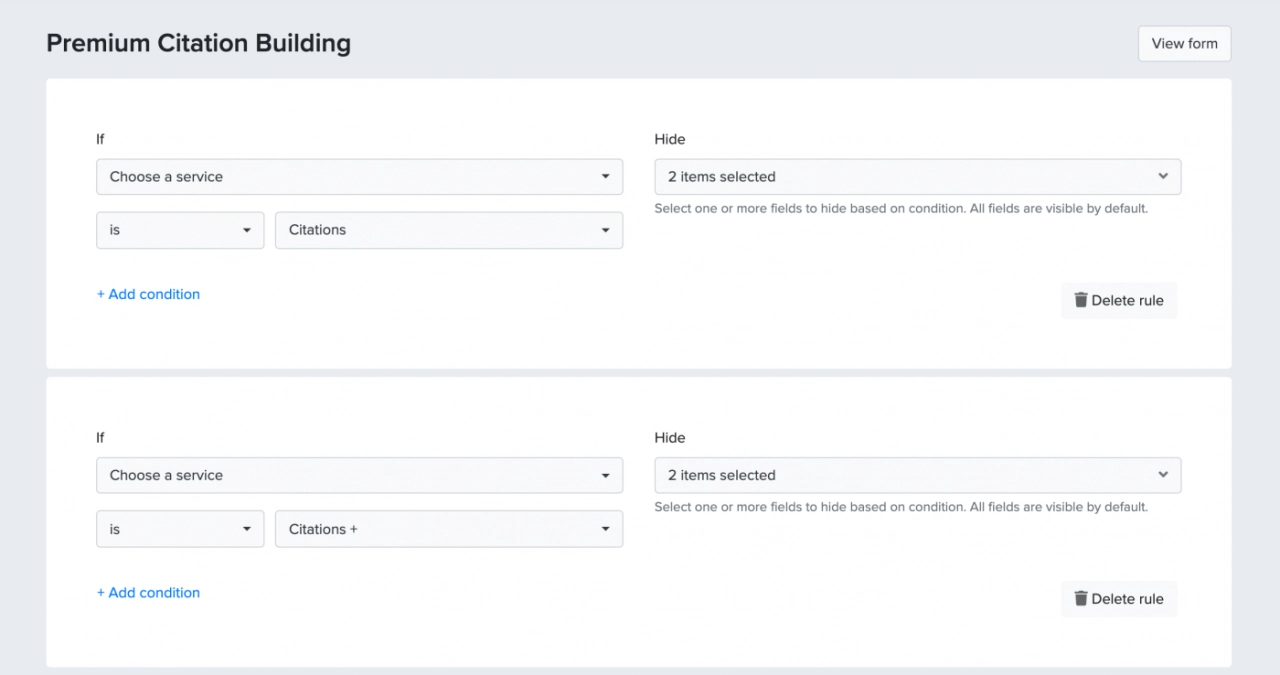
5. They’ve recently expanded order variables to saved replies. Using this feature we’ve been able to give completely customized updates to our clients with only a few mouse clicks. This is important as it takes the (error-prone) human element out of communication and if well planned, saves a ton of customer service time.
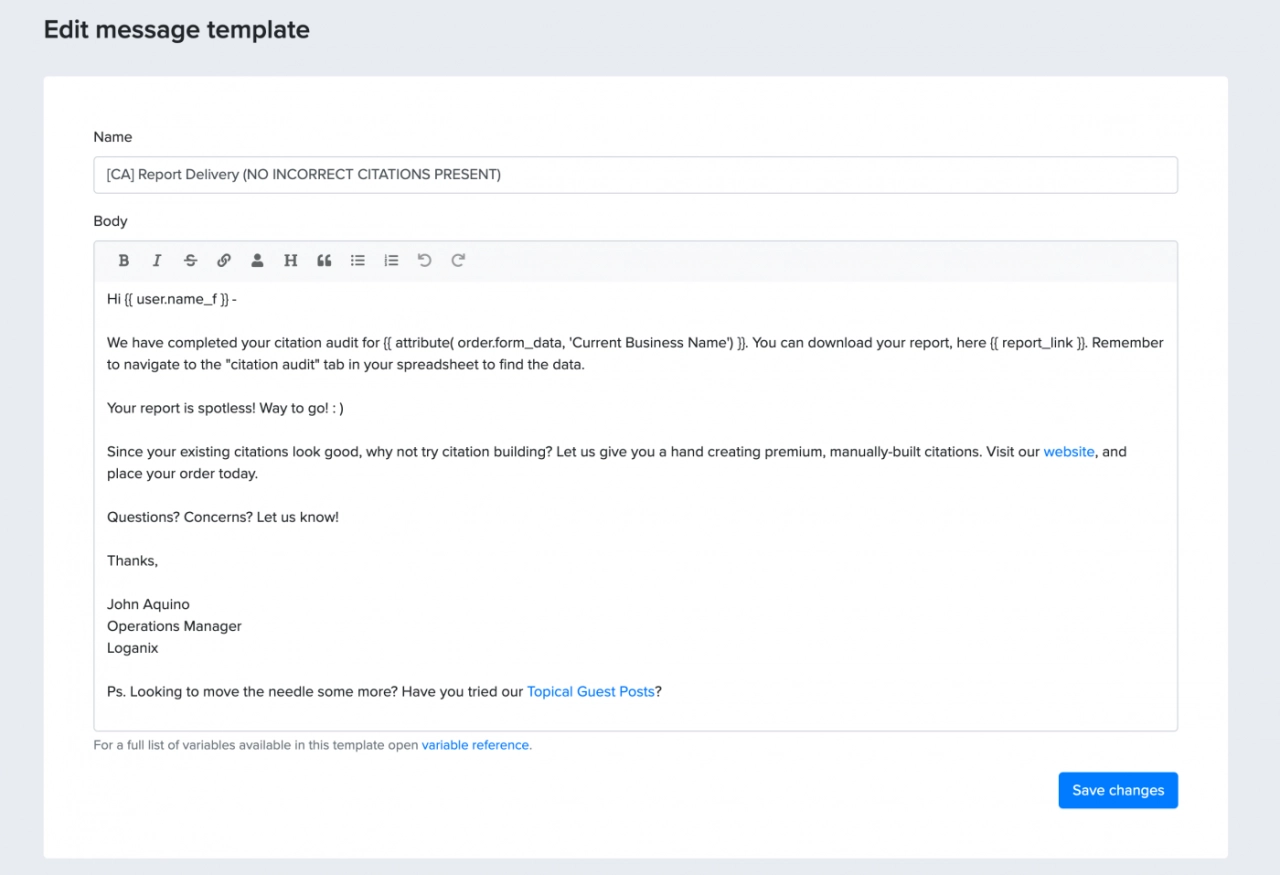
6. SPP works with 3rd party services nicely. We’ve plugged it into almost a dozen so far and have had no problems customizing to fit our needs. Using the available variables we can plug in any additional tracking tools for which there are no built-in integrations.
To be fair, there are a couple of things that could have been better:
Onboarding could be more elegant. A more expansive quickstart video talking about how services and order forms work together would have been helpful.
A variable cheat sheet for advanced template modification is a must (although the documentation is getting better).
When we started webhooks were pretty basic and there was no API. They’ve expanded both in the past few months and they are becoming useful tools to help us manage clients and orders.
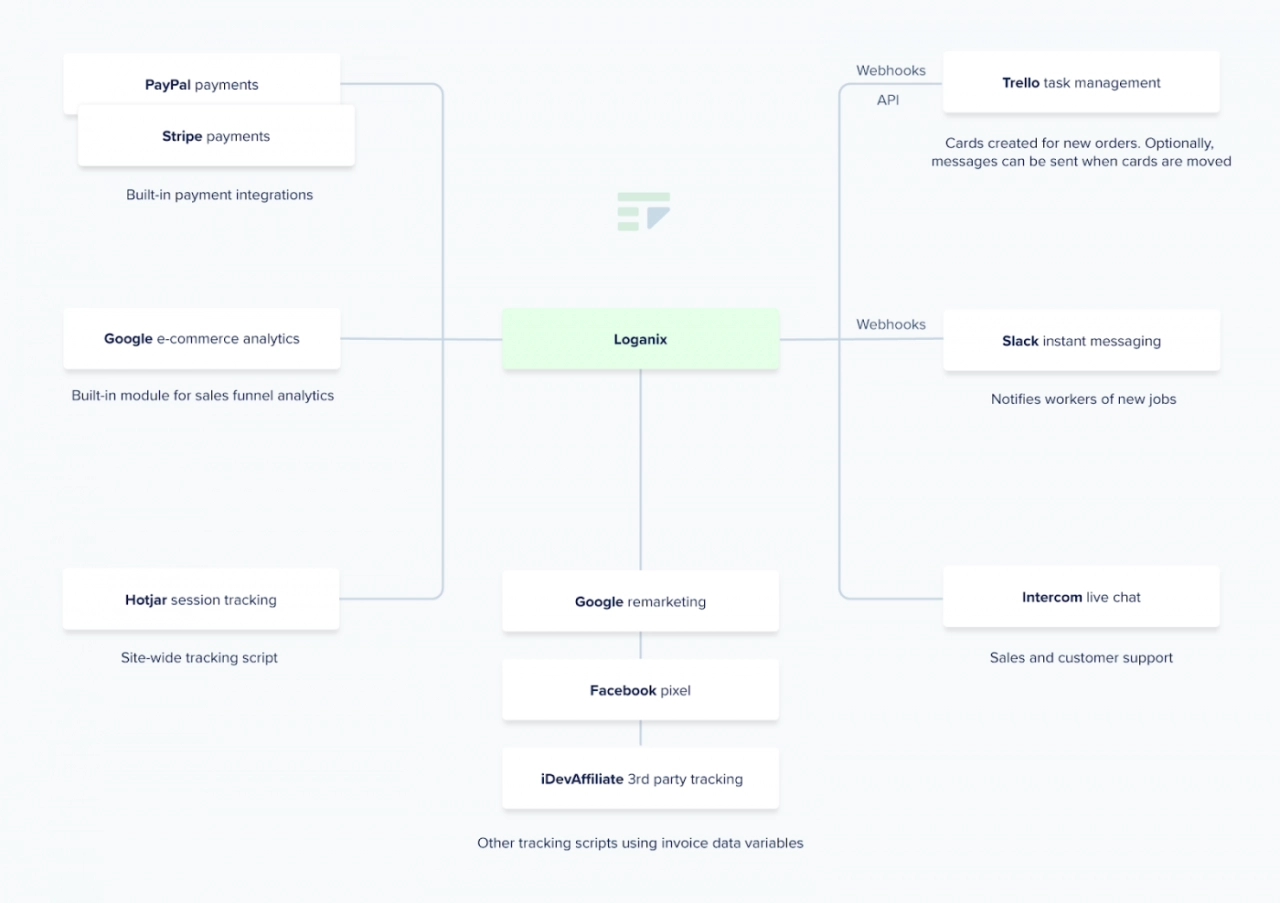
Tools and workflow after switching to SPP
Orders are handled as they should be: without the need for much human interaction and thus without the cost and mistakes associated.
We take data from inbound orders and directly notify our laborers that “there’s work to do” on Slack. From there we take the data and create cards with Trello (our workflow software of choice).
The combination of SPP, Slack and Trello give us the ability to accept orders and delegate the work from start to finish. If we were really ambitious we could use the API and attach some automation to card movement in Trello to send users a message at every step of order completion.
With their new API, we should be able to cut down even more on labor and improve our margin. We’ve also got the API working with MailChimp and have automated some customer journey campaigns.

For a business that is largely products digital products like ours, SPP can be a great fit and partner. For a company selling links/SEO/content, it often seems like the software was built specifically for us. I felt this when I first encountered it, and even more so today.
Thank you guys for being a terrific partner.
Check out loganix.com (they also serve agencies) to learn more.

